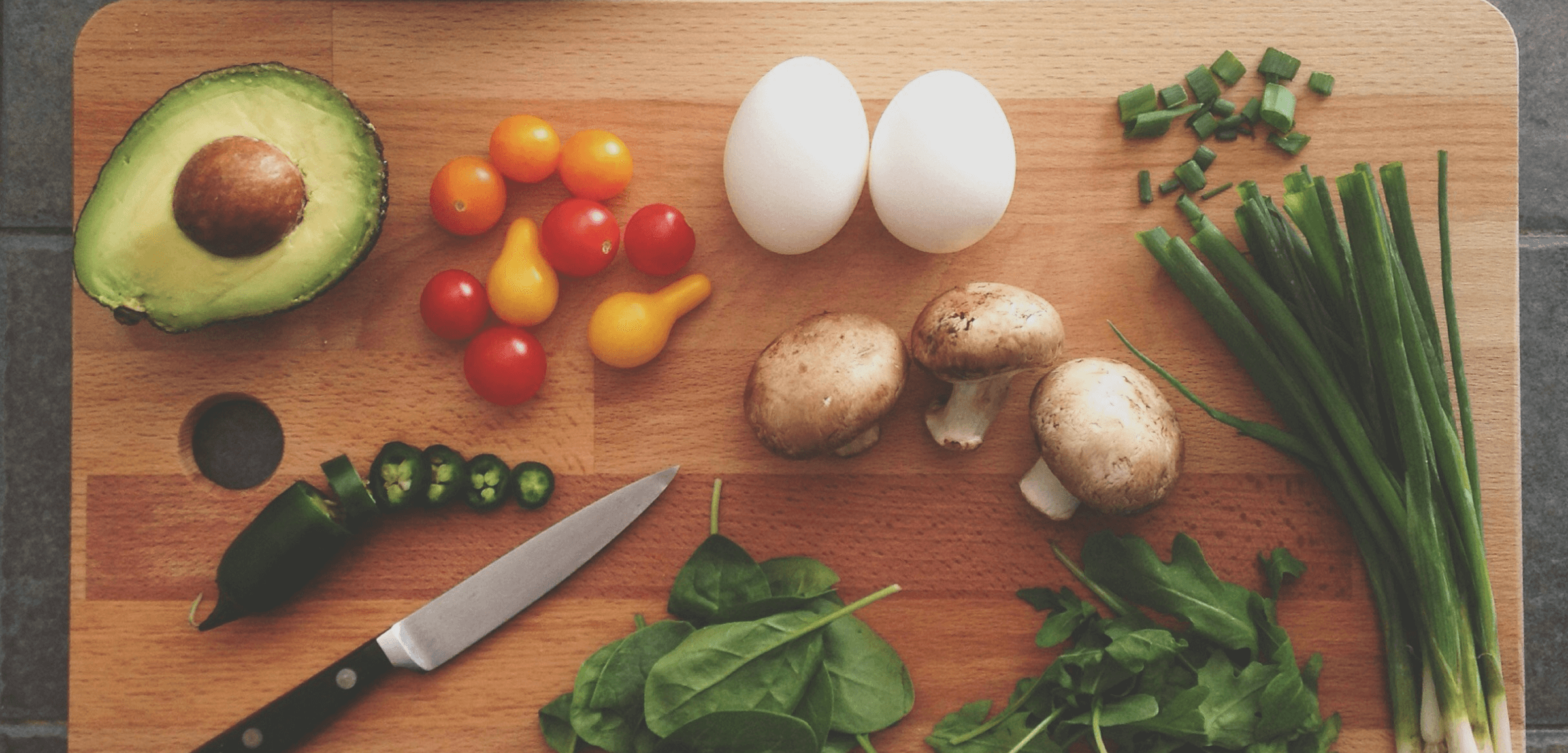If you’ve been dealing with bloating, sugar cravings, thrush, or constant fatigue, you’ve probably come across the Candida diet — a gut-reset protocol designed to starve yeast, reduce inflammation, and help your body rebalance.
But what exactly is the Candida diet? Is it just cutting sugar? How long do you have to do it for? And what can you actually eat?
Let’s break it all down — minus the fluff and fearmongering.
What Is the Candida Diet?
The Candida diet is a short-term elimination plan designed to reduce overgrowth of Candida albicans — a yeast that naturally lives in your gut, but can cause issues when it grows out of control.
The diet works by:
- Removing foods that feed yeast (like sugar, alcohol, and refined carbs)
- Reducing gut inflammation
- Supporting detox and immune function
- Rebuilding the gut microbiome
It’s often used alongside antifungals, probiotics, and gut-repair supplements as part of a broader Candida cleanse.
[Internal link: How to Start a Candida Cleanse]
What Can You Eat on the Candida Diet?
Here’s the good news: it’s not just sad salads and boiled chicken.
The Candida diet focuses on whole, anti-inflammatory foods that support digestion, blood sugar balance, and yeast control.
✅ Foods to Focus On
Non-Starchy Vegetables
- Broccoli, cauliflower, spinach, kale, zucchini, cucumber, celery, asparagus
Low-Sugar Fruits
- Green apples, berries (in moderation), lemon, lime
Healthy Fats
- Avocados, olive oil, coconut oil, flaxseed, chia
Clean Protein
- Organic chicken, turkey, eggs, tempeh, wild-caught fish (if tolerated), grass-fed beef (occasionally)
Fermented Foods*
- Sauerkraut, kimchi, coconut kefir, unsweetened yogurt (only if tolerated – some people react to fermented foods during the cleanse phase)
Herbs and Spices
- Garlic, ginger, oregano, cinnamon, turmeric (all antimicrobial and anti-inflammatory)
Gut-Healing Additions
- Bone broth, herbal teas, L-glutamine (for leaky gut repair), and lots of filtered water
What Should You Avoid?
These are the foods that feed Candida or irritate your gut — and are best cut out during the cleanse phase.
❌ Foods to Avoid
Sugar & Sweeteners
- White sugar, brown sugar, honey, maple syrup, agave, artificial sweeteners
Refined Carbs
- White bread, pasta, pastries, crackers, cereal
Gluten
- Wheat, barley, rye (gluten irritates the gut lining and feeds inflammation)
Alcohol
- Especially beer, wine, and sugary spirits (yeast + sugar = Candida’s dream)
Dairy
- Milk, cheese, cream (except for unsweetened yogurt or kefir if tolerated)
High-Sugar Fruits
- Bananas, mangoes, pineapple, grapes, dried fruit, fruit juice
Mold-Prone Foods
- Peanuts, pistachios, some aged cheeses (mould can aggravate Candida symptoms)
How Long Should You Follow the Diet?
Most people follow the strict phase of the diet for 2 to 6 weeks, depending on how severe their symptoms are and how they’re feeling.
After that, you can start reintroducing foods slowly — one at a time — to see what your body tolerates.
If symptoms return quickly after adding something back in, it might be worth waiting longer or supporting your gut further before trying again.
What Can You Expect When You Start?
📉 In the First Few Days:
- You may experience die-off symptoms like headaches, fatigue, skin breakouts, or irritability.
- That’s your body clearing toxins from dying yeast — annoying, but temporary.
- [Internal link: Candida Die-Off Symptoms: What to Expect and How to Ease Them]
😴 In Week 1–2:
- You might feel a bit low energy or emotional as your blood sugar stabilises and your body adapts.
- Stick with it — this is your system recalibrating.
💪 In Week 3+:
- You’ll likely start to feel clearer, less bloated, and more energised.
- Cravings usually decrease, digestion improves, and brain fog starts to lift.
Is the Candida Diet Safe?
For most people, yes — but it’s not meant to be a permanent lifestyle. The restrictive phase is temporary and should be followed by a rebuilding phase that reintroduces a wider range of whole foods.
It’s not recommended long-term for pregnant people, children, or anyone underweight or with a history of disordered eating — always speak to a practitioner if unsure.
Tips to Succeed Without Losing Your Mind
- Prep meals ahead of time so you’re not stuck when hungry
- Batch-cook soups and proteins so you always have something ready
- Find Candida-friendly swaps (like coconut yogurt, cauliflower rice, almond flour crackers)
- Don’t skip meals — blood sugar crashes will sabotage your mood and your cleanse
- Treat it like a reset, not a punishment — you’re clearing space for healing
TL;DR: The Candida Diet Isn’t Just About Food — It’s a Gut Reset
The Candida diet helps reduce yeast overgrowth by cutting sugar, alcohol, and refined carbs while flooding your body with gut-healing, anti-inflammatory foods.
It’s short-term. It’s powerful. And when done with the right support — it can make a huge difference in your digestion, skin, energy, and overall wellbeing.
Disclaimer
This content is for informational purposes only and not intended to diagnose, treat, cure, or prevent any disease. Always consult a qualified healthcare provider before starting a restrictive diet or cleanse.
Sources
- Pizzorno, J., & Murray, M. (2019). Candida and dietary intervention. Textbook of Natural Medicine.
- Rao, R. (2020). Nutritional strategies for fungal overgrowth. Gut Health Journal.
- Szajewska, H., et al. (2015). Food and microbial balance: Supporting the gut in Candida management. Clinical Nutrition Insights.
